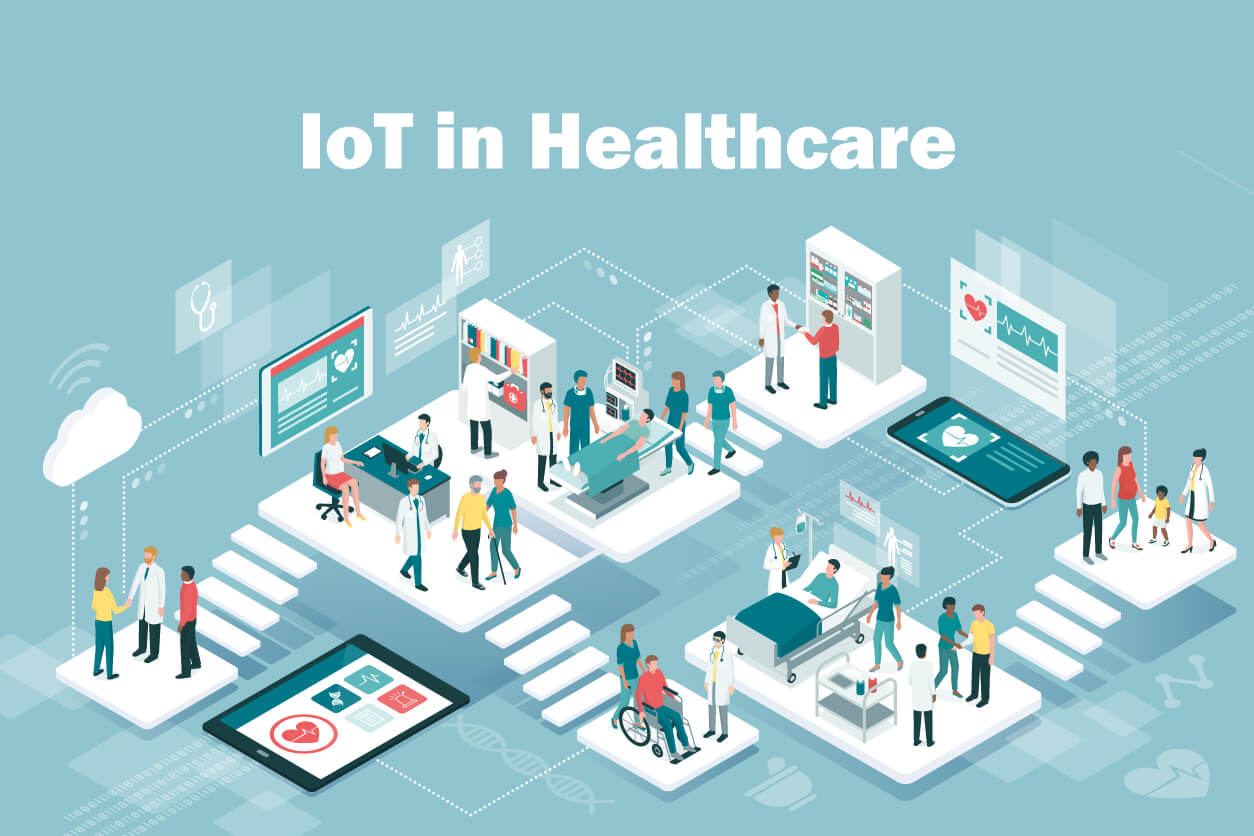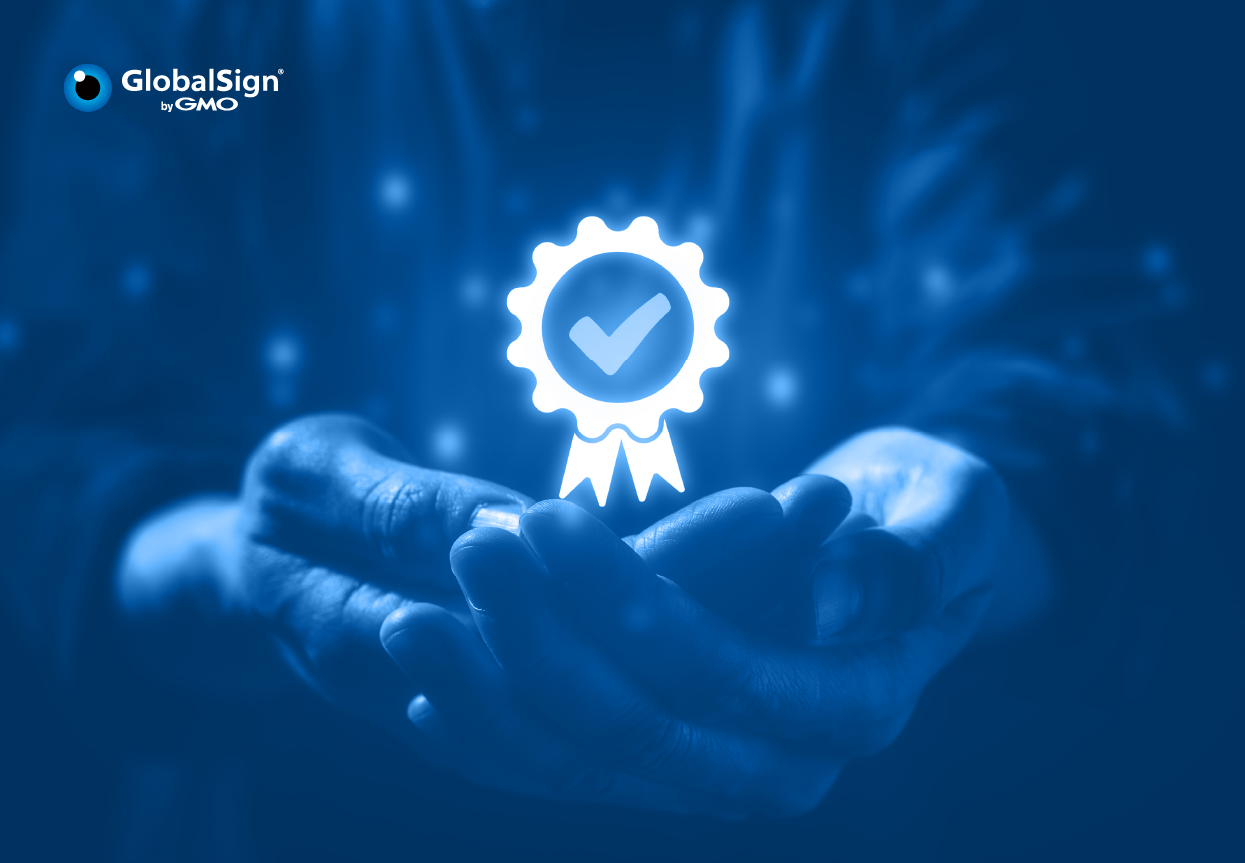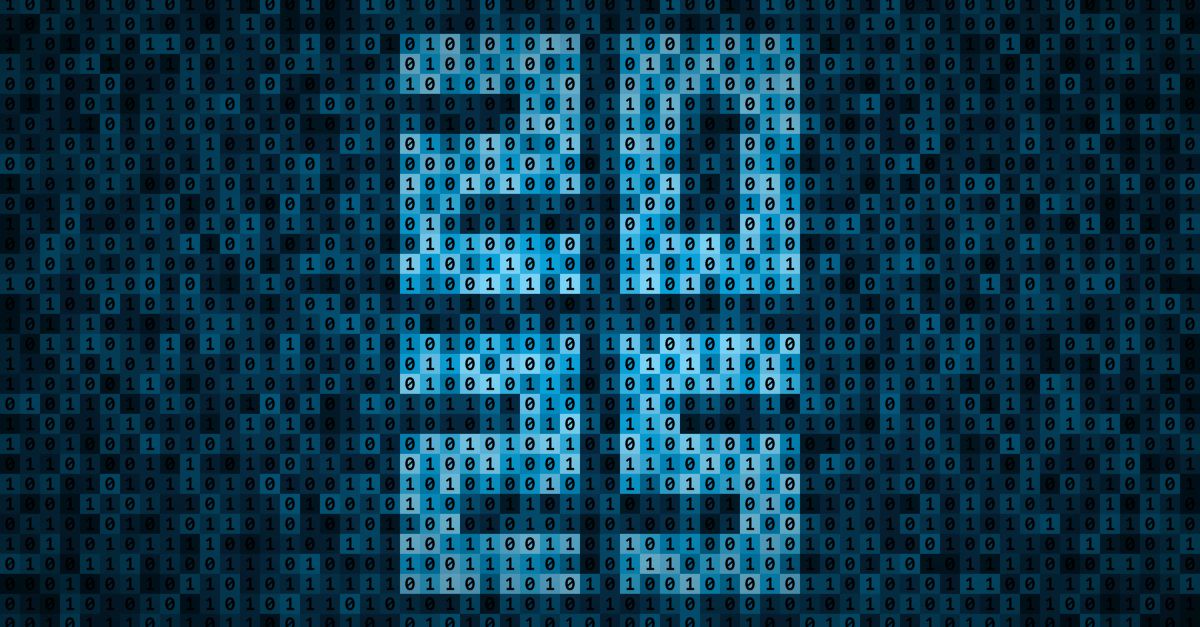The Internet of Things (IoT) has some of the most significant impact in the healthcare industry today. In fact, the Internet of Things (IoT) in the healthcare market is expected to be worth USD446.52 Billion by 2028, owing to the presence of a large population in Asia-Pacific (APAC).
IoT impact on healthcare
Thanks to IoT-enabled devices, healthcare professionals can monitor patients remotely and can deliver exceptional care. With the increasing number of patients being admitted, healthcare sectors are looking for various ways to adopt IoT-based systems such as AI-synced smart medical devices. These modern technologies reduce downtime for screening and testing patients.
IoT-based healthcare systems gather data and information for doctors and medical professionals. After collecting the data, the device sends the information to the cloud which can help doctors analyze and take the necessary actions. The potential application of IoT in healthcare has shown huge improvements on patients’ health and the overall productivity of medical professionals and hospital workflows.
Moreover, the interconnectedness and communication between IoT sensors and devices can save a lot of lives. For example, fitness bands can keep track of the patients’ blood pressure, sleep patterns, and heart rates which makes it easier for patients to access medical care when needed. Because of these IoT devices, patient monitoring has become simpler and more reliable.
Importance of IoT in Healthcare
IoT devices help clinicians and healthcare providers assess and determine the appropriate treatment methods for patients.
IoT Healthcare Benefits
The use of IoT technologies in healthcare offers great opportunities and benefits. Here are some of them:
- Accessibility – IoT offers more effective and accessible telemedicine. Wearable products used by patients can have their data shared with physicians that can allow doctors to diagnose real-time vital signs.
- Remote conditioning and patient monitoring – IoT devices can remotely monitor and collect real-time patient data. Healthcare professionals can analyze these data so that patients can be given medical advice without having to visit the clinic daily.
- End-to-end connectivity – Healthcare service delivery can be made effective through AI machine-to-machine communication, information exchange, and data movement.
- Affordability – Since IoT reduces the need for face-to-face visits, there is better allocation, and healthcare costs are cut down since IoT is being utilized for better resources and overall improves the allocation and planning.
- Accelerated processing of patient data – IoT devices can collect multiple data in real-time, making it easier for physicians to access information. IoT can automatically analyze these data for the diagnosis and give quick access to final reports. This will help speed up the decision-making and be given the proper course of action much faster than with raw data.
- Reduced risk of error and miscalculation – Due to the human factor, some results may be subject to error. On the other hand, IoT devices are a reliable method of evaluating data.
- On-time alert and tracking – On-time treatment is important in the healthcare sector, especially for treating patients with critical conditions. Thankfully, medical IoT devices can gather data that require a quick alert response. The ability of IoT devices to provide real-time alerting, tracking, and monitoring promotes improved treatment in the healthcare industry.
- Facilitates medical research – The data collected in IoT devices can be used for research purposes that would otherwise take years to be collected. Data can be used for statistical study for medical research for bigger and better medical treatments.
IoT Healthcare Applications and Solutions
IoT in healthcare is a connected foundation of medical device and software applications that will communicate with different healthcare systems.
IoT Healthcare Devices
While the most popular example of IoT in healthcare is remote patient monitoring—meaning IoT devices that collect patient data such as heart rate and body temperature—there are many other examples of IoT in the healthcare industry, such as:
- Remote patient monitoring
- Glucose monitoring
- Heart-rate monitoring
- Hand hygiene monitoring
- Mood monitoring
- Parkinson’s disease monitoring
- Robotic surgery
- Healthcare mobility solution
- Other wearables and devices:
- Hearables
- Ingestible sensors
- Moodables
- Computer vision technology
- Healthcare charting
- Smart pills
IoT Security in Healthcare
One of the most significant challenges in healthcare that IoT poses is data security and privacy. This is especially alarming in IoT devices that lack data protocols and security requirements.
What are the biggest IoT security risks and challenges?
IoT devices can be highly susceptible to cybercriminals who can hack into the system and compromise the Personal Health Information (PHI) of both patients as well as doctors. Here are some of the biggest IoT security risks and challenges:
- Data breach – Hackers can gain access to patients’ data and records.
- Identity Theft – Hackers can use patient’s electronic records to pose as the patient and use their IDs to buy drugs and medical equipment.
- Fraudulent Insurance Claim – Cybercriminals may file fraudulent insurance claims under the patient’s name.
- Unauthorized Access – Hackers can gain access to systems when a breach happens.
- Device Hijack – Hackers can take control of a medical device.
Secure IoT Solutions
Since the security aspect of IoT is central to the development of these devices, especially in the healthcare sector, there are several solutions that address the key issues with IoT security:
- IoT Device Security – Cloud-based service which can be integrated into your ecosystem and end devices. IoT Device Security is a PKI-based platform to secure device identities.
- IoT Identity Platform – A tool for managing IoT device identity.
- IoT CA Direct – Secures device identities with trusted IoT digital certificates from GlobalSign.
- IoT Edge Enroll – A complete registration authority service for safe and optimal device enrollment without the hassle.
- IoT Device Identity Lifecycle Management – Handles certificate issuance, renewals, cancellations, and revocations.
- IoT Custom Trust Models – Helps the healthcare industry to build trust models based on their specific needs through customizable hierarchy configurations and PKI expertise.
- IoT Device Certificates – Helps healthcare IoT devices have a unique and strong device identity through PKI-based IoT security.
- IoT Certificate Revocation – When needed, GlobalSign's IoT Validation Authority revokes the certificate's good standing using either a certificate revocation list (CRL) or the Online Certificate Status Protocol (OCSP).
- IoT Developer Program – IoT developers and organizations building smart connected products for the healthcare sector can create top-level technology decisions by prioritizing IoT security into their IoT tech stack. GlobalSign’s IoT Developer Program and Portal can help streamline your IoT security solutions through a centralized locale where developers can access all the tools needed to successfully integrate device identity provisioning.
- IoT Partner Program – Make healthcare devices stronger and more secure by collaborating and partnering with GlobalSign IoT Solutions Group—a trusted device identity partner.
GlobalSign uses Public Key Infrastructure-based device identity to secure online identities and systems. To date, GlobalSign is the only Certificate Authority (CA) that can issue certificates to devices at the IoT scale.
Ready to jumpstart your IoT security? Speak with us today.







